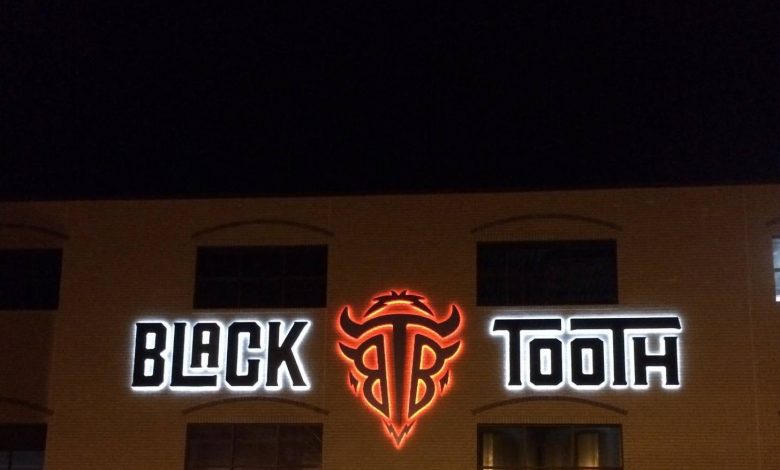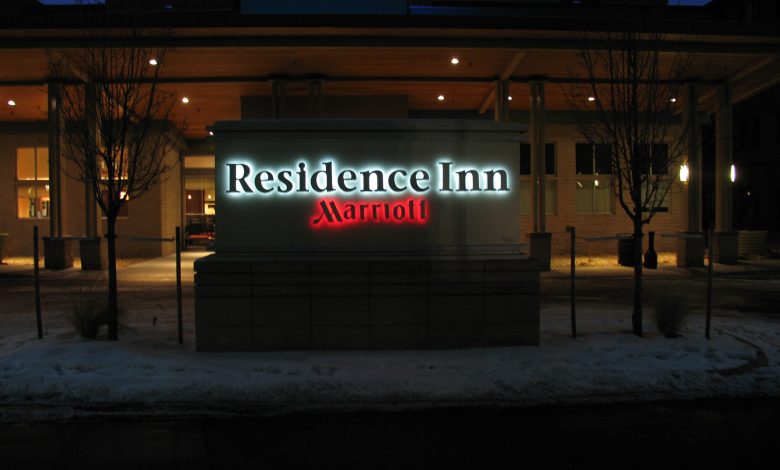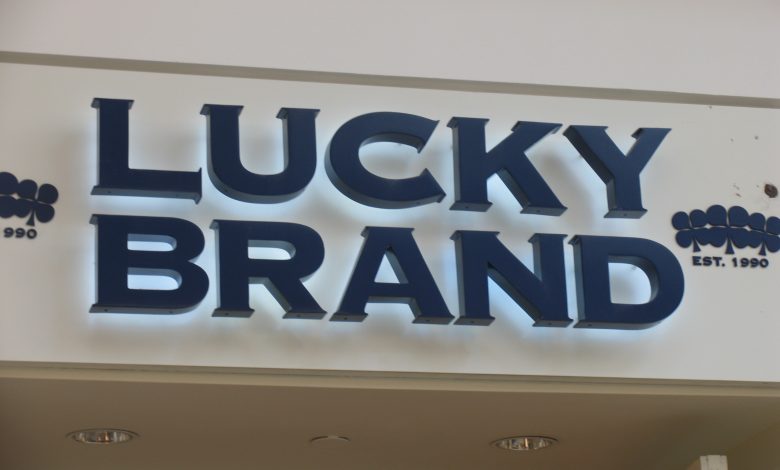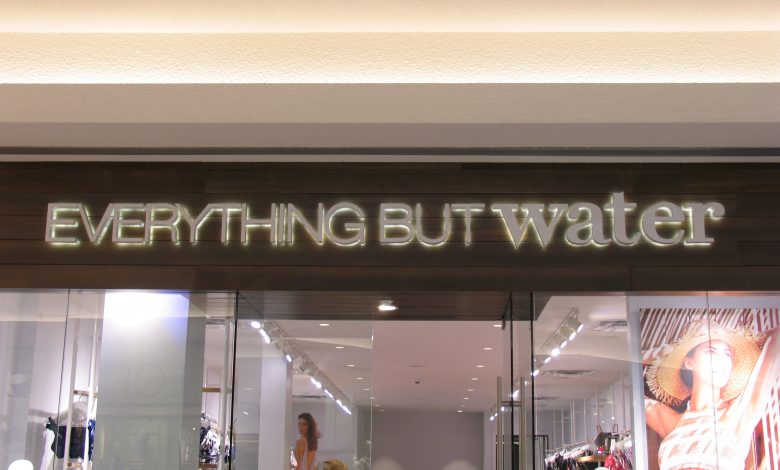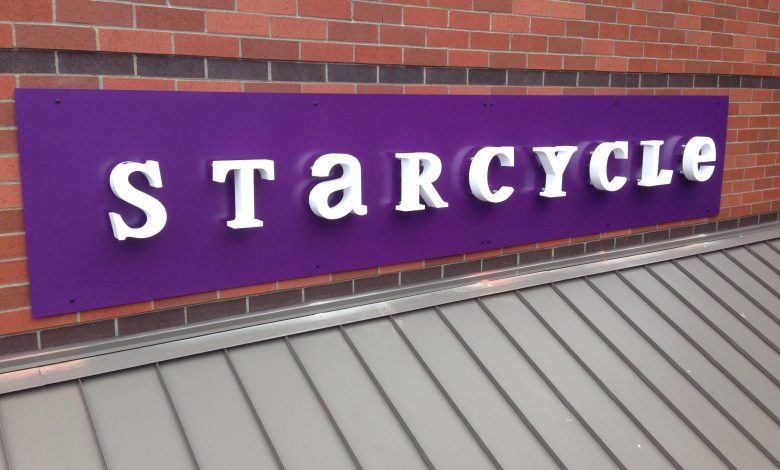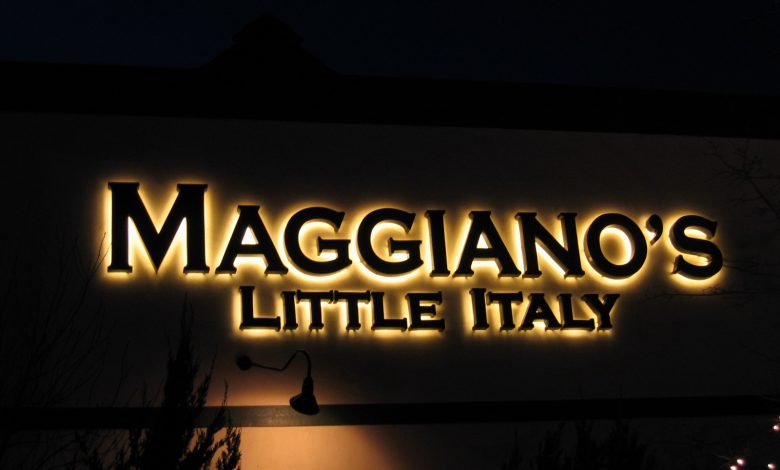Using Channel Letter Halos Effectively
Halo lit (or reverse) channel letters can produce a dynamic signage presence when properly designed and installed.
Halo-lit (or reverse-) channel letters can produce a dynamic signage presence when properly designed and installed. However, the color, brightness and halo depth can have a substantial impact on the effectiveness of this type of letter sign. This article examines some of the elements and characteristics for effective reverse lit channel letter halos.
Halo Color
Many clients are not aware that reverse channel letter halos are available in multiple colors. (Some assume white is the only option.) Choosing the correct halo color configuration can be an important effectiveness determinant. This multiple color capability may also permit a client to match a customer’s branding color scheme.
Consider the halo color on Photo 1 above.
The warmth of this orange halo is an appropriate complement to the product offering. The color orange is often associated with physical comfort and food.
Mixing the sign’s halo colors is another design item to consider. Your client may also not be aware that not all letters must have the same halo color. Multiple halo colors can provide the sign with an additional attention-generating element.
For example, Photo 2 features multiple halo colors and has both strong legibility and visual impact.
Photo 3 also mixes halo colors and has a warm and professional appearance. Red is one of the Residence Inn branding colors.
Photo 4 is another example of a halo color mix. This illumination design emphasizes the business name but then follows with the business type in a smaller font and different halo color.
Multiple halo colors may be an excellent method for your client to add more attention generating capacity to their reverse lit letter sign.
However, that is not always the case. A single halo color (white is the most common) may also be a perfectly appropriate configuration. Consider Photo 5.
This sign has an excellent outline against the well proportioned white halo. The single color seems appropriate for the business type as white is often associated with cleanliness and purity. Importantly, the building also has a white façade which adds to the halo luminance.
Halo Brightness
Adequate halo brightness is a critical factor in the effectiveness of a reverse channel letter set. Some letter sets lack sufficient light intensity to generate an optimal halo lit effect.
Part of the site survey must include the environment in which the sign will function. Letters which are mounted indoors have a stronger halo brightness requirement. For example, in Photo 6, this indoor mounted reverse letter set has some width distribution but lacks adequate brightness:
This halo is not sufficiently conspicuous to create an “illumination bed” that fully outlines the sign letters. This effect may be the result of an inadequate number of LED modules, modules which have dimmed over time or failure to use a reflective paint on the letter interiors.
Conversely, note the impact difference between that sign and this well-illuminated set (also mounted indoors) in Photo 7.
The letter interior configuration can be a partial determinant of halo brightness. Channel letter cans are typically constructed of aluminum, and reverse letters have both aluminum returns and faces (as opposed to the acrylic faces used on front-lit letters.)
The default mill finish of an aluminum letter interior does not effectively reflect LED illumination. Reflective white paint is available to distribute and amplify the illumination reflection from the inside of the letter can. Painting the letter interiors for added illumination “bounce back” is a strong step toward a bright and well distributed halo.
Last, one further step down from inadequate brightness is a halo which is conspicuously dim. Assuming these dim letters are LED- (not neon-) illuminated, this problem may be caused either by an inadequate LED module population or by LED which has dimmed over time and needs replacement.
A dim halo can be worse than no halo at all. It is essentially an advertisement for a sign that was either poorly constructed or has been not been properly maintained. Either way, it is not positive advertising.
Halo Width
Halos also vary in terms of width (i.e., the distance behind the letter that the halo “fans out.”) Ideally, the halo will form an “illumination bed” against which the letters will be outlined. A halo which combines both brightness and appropriate width can create a dramatic illumination effect.
On the other hand, an overly thin halo may defeat the reverse lighting purpose. If the halo does not disperse an adequate distance behind the letters, the illumination impact can be diminished. (See Photo 8)
One of the causes of halo width is the letter mounting distance from the wall. The appropriate mounting distance is typically 1.5″ to 2″. Letters which do not have sufficient façade mounting distance may result in a thin halo.
Façade Color Effect
A careful examination must also be made between the customer’s desired halo color and the current color of the building façade. Halo illumination may appear in a different hue than intended if it is reflected off a colored building surface.
For example, if a building has a red façade and the installed sign has a white halo, some of the red surface color may carry over into the halo appearance. The customer should be made aware of that potential issue prior to installation.
If your review of the site shows there may be a potential surface color carry-over problem, one potential solution is to mount a backer panel behind the sign. The correct usage of such a panel can change a problematic illumination surface to an ideal halo lighting environment, as seen in Photo 9.
However, reverse letters mounted to backer panels may also have issues. For example, if the panel has a shiny surface (like a “mirror finish”) it may show a night reflection of the LED modules.
The key question for your customer is their color preference on the overall halo appearance. If you see a potential issue at the sign location (i.e., the surface color may dilute the halo color) let them know the importance of a backer panel.
Conclusion
Halo-lit channel letters can have a dramatic signage impact when constructed correctly, but vary in terms of halo and mounting quality. The halo color, brightness and width can each have an impact on the overall presentation of the reverse lit sign. Further, the mounting surface and color will also influence the halo appearance. A careful site survey will help to uncover potential issues with the reverse-lit letter set appearance.
